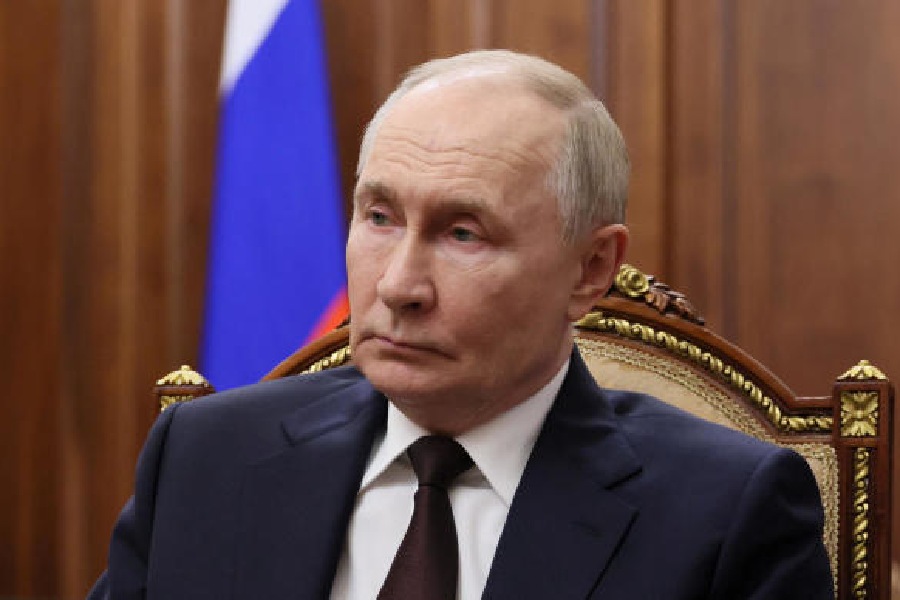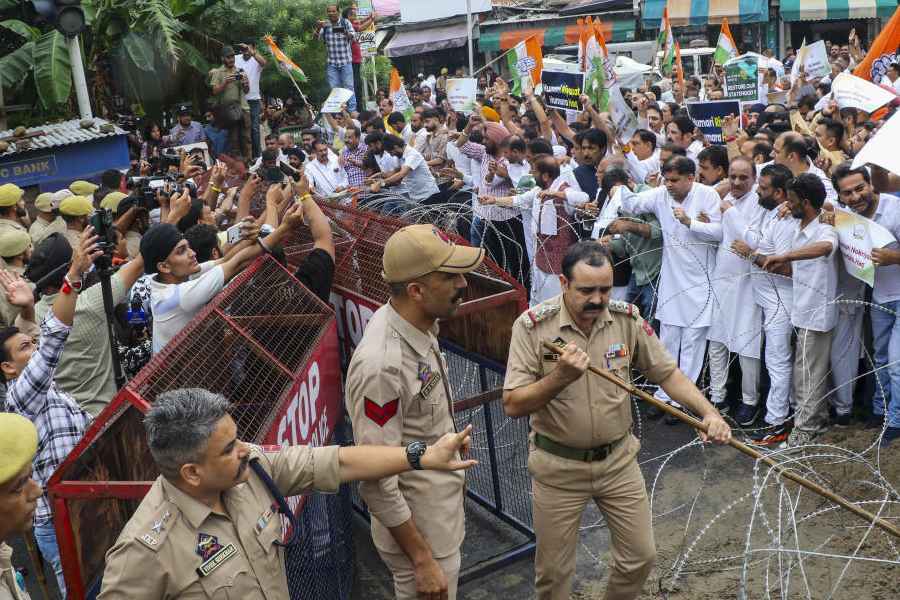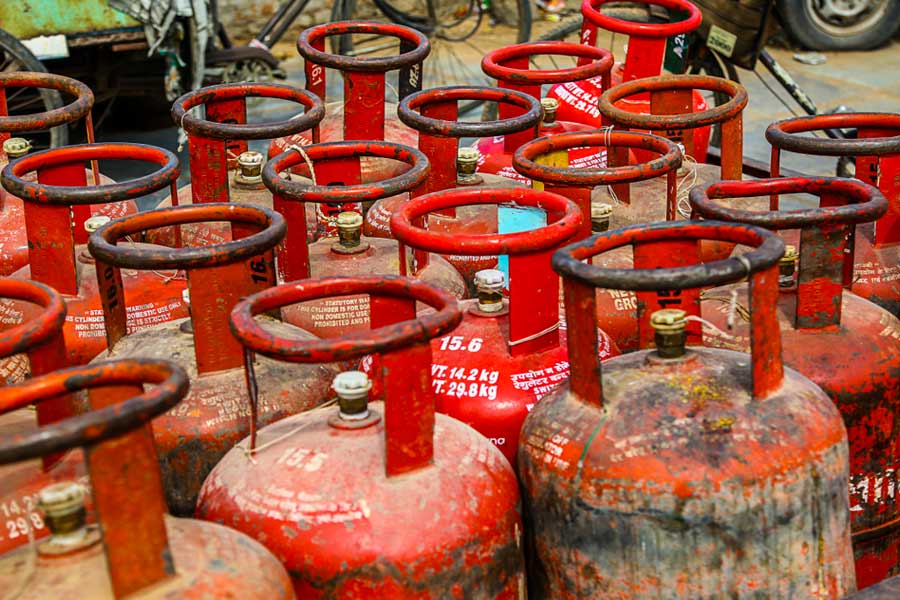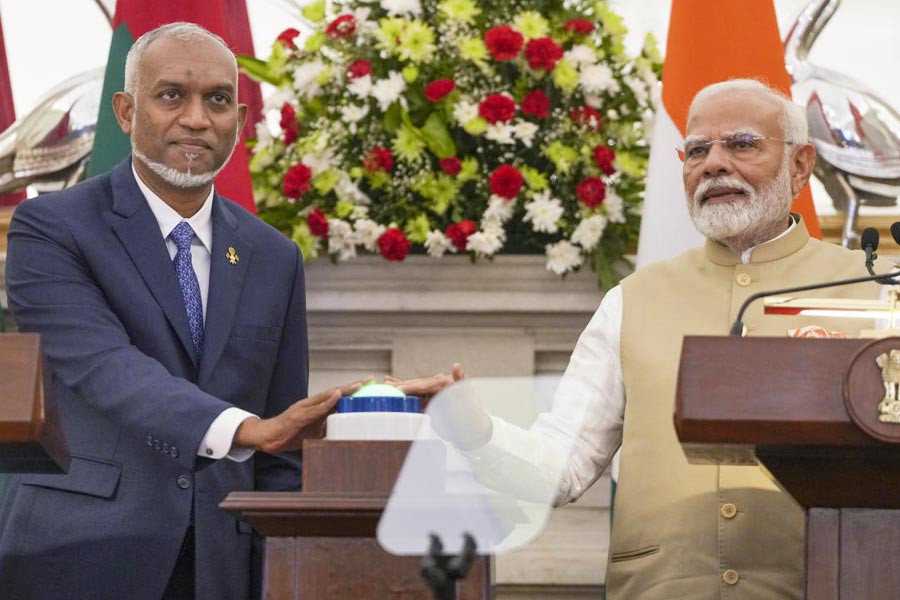 |
Purushottam Thakur had planned to visit his friend in Minnesota this summer but he shelved his wish because of the skewed dollar-rupee exchange rate.
“I had planned a vacation to the US for a fortnight. I wanted to meet my friend who works in Minnesota. But he advised me to not travel now as the prices of tickets and other things would be more because of the rising value of dollar against the rupee,” said the Patliputra resident.
On Friday, $1 was equal to Rs 59.57. The steady depreciation of the Indian currency in comparison to its American counterpart has forced many like Thakur to put off their travel plans.
A weak rupee means whenever someone buys something in dollars, he or she has to shell out more. For instance, if one were travelling to New York — the most popular destination in the US — one would have to pay more not only for travel but also for lodging and boarding.
For instance, a cup of coffee priced at $1 would cost an Indian tourist around Rs 60 now. A few months ago when the rupee was stronger, he would have shelled out between Rs 50 and Rs 55.
Anuj Kumar, the managing director of Delhi-based Magadh Travel and Tours Pvt. Ltd, said: “We have observed a decline of around 30 per cent in the number of people from Bihar opting for foreign tour packages after the value of rupee declined.”
The skewed dollar-rupee exchange rate would also hit the profits of Indian travel agents. “Foreign travel agents take quotations a year before the planned travel. Suppose, they had struck a deal with us when the exchange rate was $1 equal to Rs 55. Now, they will charge travellers Rs 59 but pay us Rs 55,” said Anuj.
Not only tourists, several students planning to go abroad to study have put their plans on hold because of the high value of the dollar.
“Institutions in foreign countries, especially the US, charge fees in dollars. So students would have to pay more if they enrol now,” said Tushar Kanti Aikap, the proprietor of city-based The Merciel Consultancy Services.
At Ivy-league universities like New York University or Columbia, undergraduate students have to pay around $50,000 every year as tuition and accommodation fees. If they don’t get scholarship or funding, they would have to shell out around Rs 30 lakh every year. “There has hardly been any enquiry over the past few weeks about studies overseas. It is probably because of the rise in the value of the dollar,” said Aikap.
Even application fees to American universities have gone up because of the rise in the value of dollar. At New York University, one has to pay a non-refundable amount of $70 (or Rs 4,193). Besides application fees, one has also got to take standardised tests like the SAT or the GRE and the TOEFEL for which, one has to pay in dollars as well.
 |
The declining rate of the rupee has also affected other sectors like information technology (IT). “The prices of IT products change across the globe everyday on the basis of the value of the dollar. As a result of the soaring value of dollar against the rupee, the price of branded computers in Patna has increased by Rs 1,000 to Rs 1,200 over the past three days,” said Amit Tiwari, a senior executive of a computer firm.
So, if you want to buy a branded laptop, you would have to shell out more now. An assembled computer would also be expensive because of the rise in the price of parts and software.
“The price of computer peripherals has increased by 10 to 15 per cent over the past three days,” said Tiwari.
The sector worst affected by the changing rate of dollar is healthcare.
“The price of raw material for manufacturing life-saving drugs as well as imported medicines have increased with the increase in the value of the dollar,” said a senior officer of the drugs department.
He added: “As the profit margins are high, the prices of the medicines may not increase immediately. But if the exchange rate continues to be skewed, it would surely affect the patients as well.”











